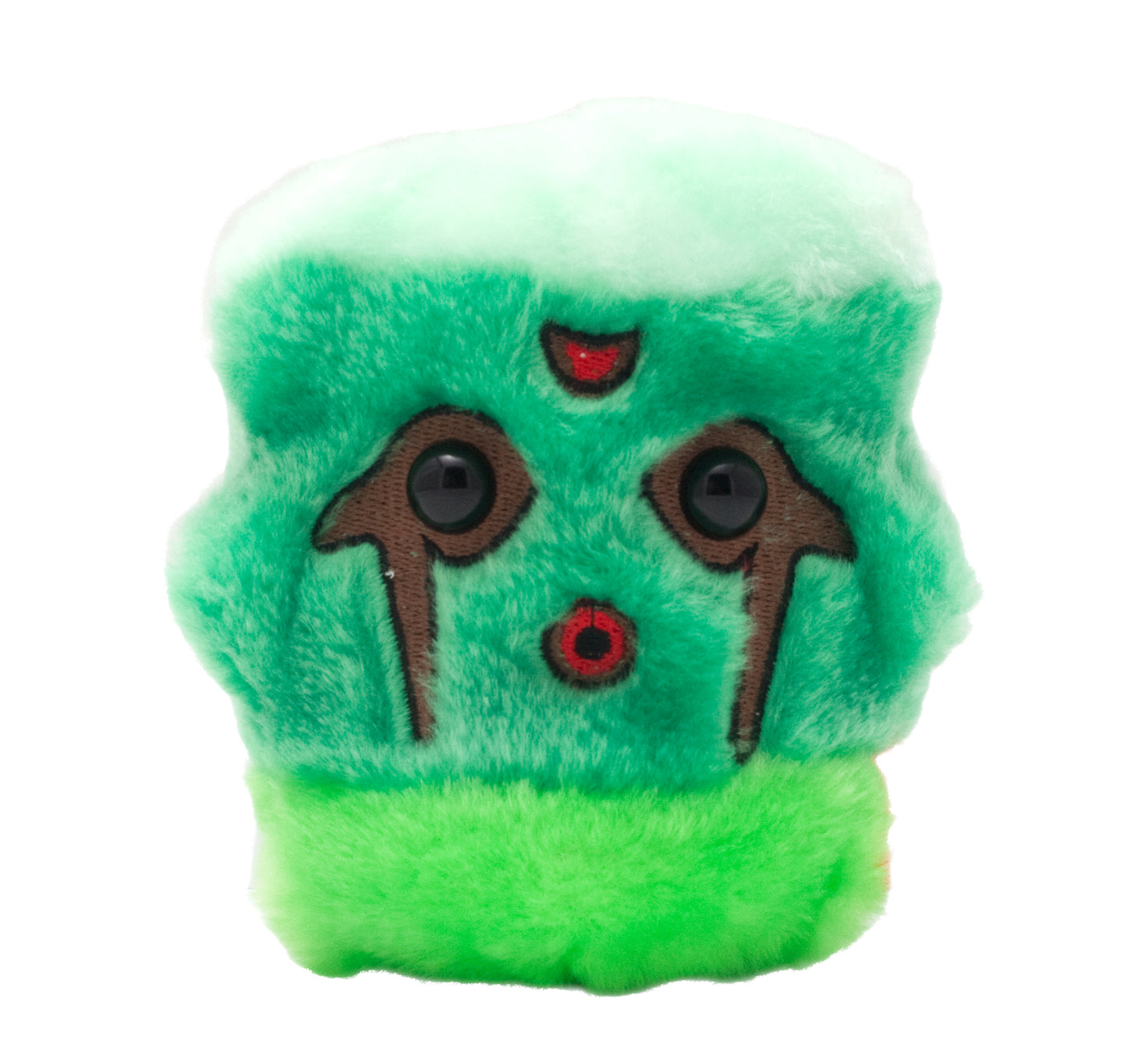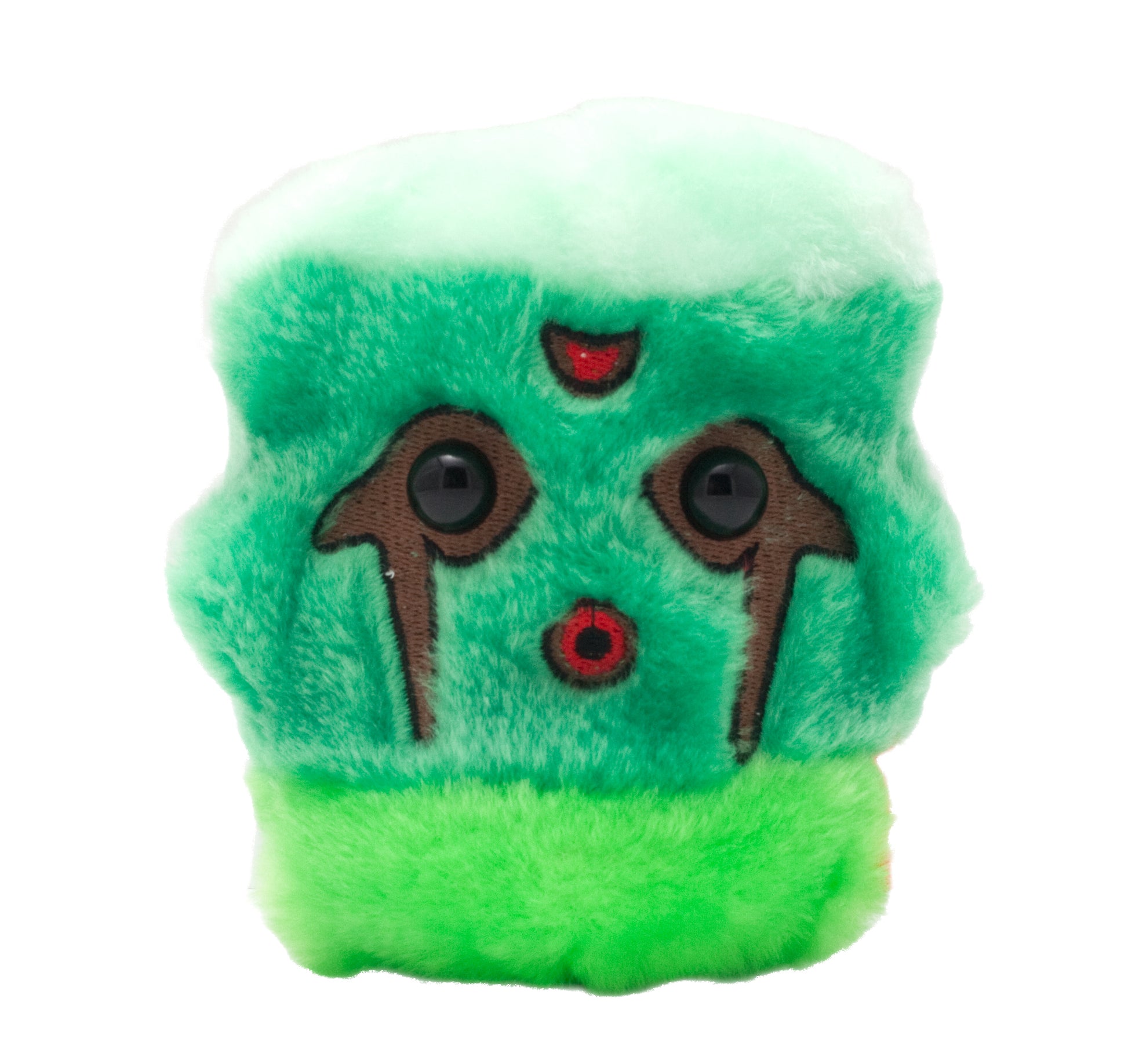Dengue Fever (Dengue Virus)
Dengue Fever (Dengue Virus)
Couldn't load pickup availability
- A useful teaching tool for infectious disease professionals
- A unusual gag gift for any with a passion for exotic travel
All About Dengue Fever (Dengue Virus)
FACTS: Dengue fever is a tropical disease endemic to more than 100 countries. Up to a 100 million people are infected each year.
The origin of the name Dengue is unknown, but is thought to derive from the Swahili "ka-dinga pepo" (or "disease of the devil") corrupted to the Spanish word "dengue" which described the "fastidious" gait exhibited by sufferers as they walk. And with good reason: in about 20% of cases, the virus results in rashes, fevers, and head-, muscle-, and joint-aches painful enough to have earned it the nickname "breakbone fever."
In addition, because Dengue virus attacks white blood cells and can compromise platelet production, it can also cause the hemorrhages which distinguish the disease from other tropical afflictions such as malaria and typhoid fever. Children under 10 years of age and those with impaired immune systems are particularly susceptible to the hemorrhagic form of Dengue fever.
The disease is primarily transmitted by the Aedes aegypti "tiger" mosquito, which is active during the day (unlike the malaria-causing Anopheles mosquito which is active at night). But despite efforts to control it from spreading, increases in population and global travel have helped distribute what was once a rare disease around the globe.
With an incubation period of approximately 3-14 days, travelers returning home from the tropics can rest easy after a fortnight. But for a third of the world's population, home is still haunted by this evil spirit.
NAME One of the viruses of the Flaviviridae family
ACTUAL SIZE Ranges from 120-150 nanometers, the same size as the HIV virus
WHERE IT LIVES Mosquitos act as vectors and spread the illness from human to human through their blood.
SYSTEM Attacks the immune and circulatory systems
COMMONALITY World Health Organization estimates that 50-100 million people suffer from dengue fever each year
40% of the human population lives in areas where there is a risk of transmission of the virus
SYMPTOMS Fever, headaches, muscle and joint pain, widespread rashes, nausea, vomiting. Many symptoms are similar to the flu.
CURE There is no cure. However, to treat the virus, taking acetaminophen relieves pain and constant fluid intake avoids dehydration. Taking aspirin puts the patient at greater risk because it increases the chances of hemorrhaging.
DEADLINESS/SEVERITY Dengue fever is not deadly, symptoms only last about a week.
A closely related disease, dengue haemorrhagic fever, has been known to can kill its victims, but it is an entirely different disease.
INFECTIOUSNESS Female mosquitos are the vector for this virus. The insect becomes infected when taking the blood of an infected person and transmits the virus to a healthy person by biting them.
HISTORY The first outbreak was reported as early as 992 in Asian forests in an infectious cycle involving mosquitoes and primates.
The word dengue means “careful” or “fastidious” in Spanish. This refers to the stiff, slow movements of patients suffering from muscle and bone pain caused by the virus.
Epidemics have occurred in nearly all tropical and subtropical regions. The fever has spread to new countries recently as climate change and population growth increase.
FASCINATING FACTS Only 1% of those with the fever have to be hospitalized
This disease has a geographical spread like Malaria and has symptoms similar to the flu.
In Culture:
Dengue Fever is the name of a Cambodian pop band formed in 2001.
Manu Toigo, star from television show Naked and Afraid, was infected while in Panama.




